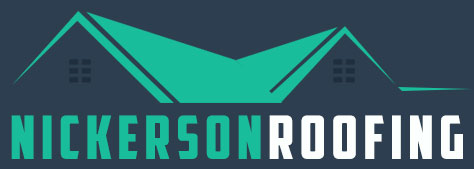The Sierra Nevada region, including Truckee, CA, is no stranger to extreme winter weather. Powerful snowstorms, heavy winds, and fluctuating temperatures can wreak havoc on even the sturdiest roofs. After a storm rolls through, it’s essential to assess your roof for damage as early as possible. Catching problems quickly can prevent costly repairs, interior leaks, and even structural issues down the line. Today, we at Nickerson Roofing would like to share how to spot storm damage to your roof after a typical Sierra Nevada storm.
1) Look for Missing or Damaged Shingles
High winds and heavy snow can lift or break shingles, especially if they’re already aging or poorly installed. After the storm passes, inspect your roof from the ground using binoculars or from an upstairs window. Look for:
Bare spots where shingles used to be
Shingles that appear curled, cracked, or dented
Shingle granules collecting in gutters or around the foundation
Missing or damaged shingles expose your roof’s underlayment to moisture, which can quickly lead to leaks.
2) Check for Sagging Areas or Structural Deformation
Sierra Nevada storms often bring heavy, wet snow. If it accumulates too quickly, the weight can compromise your roof’s structural integrity. Watch for:
Sagging rooflines
Noticeable dips or bowing areas
Cracking sounds when walking in the attic (a sign of stress on beams)
If you notice any of these signs, contact a professional immediately, structural damage can be dangerous.
3) Inspect the Attic for Leaks and Water Stains
Water intrusion often starts small and worsens over time. Check your attic for:
Damp insulation
Discolored patches or streaks on the wood
Mold or mildew odors
Leaks in the attic may not be visible from the outside but are often the first indication of roof failure.
4) Examine Flashing and Roof Features
Roof elements like flashing, chimneys, skylights, and vents are vulnerable during storms. Flashing is especially important because it seals gaps between the roof and other structures. Signs of damage include:
Bent or dislodged metal flashing
Gaps between flashing and roofing materials
Cracks around skylights or vents
Compromised flashing can allow water to seep into your home, even if the rest of your roof looks fine.
5) Look for Ice Dams and Gutter Issues
Snowstorms followed by rapid warming can cause ice dams to form along your roof’s edge. Ice dams prevent proper drainage and can force water under your shingles. After a storm:
Check for thick ice at roof eaves
Look for icicles forming near gutters
Inspect gutters for looseness or pulling away from the home
Gutters clogged with ice or debris can accelerate roof damage by trapping moisture.
When in Doubt, Call a Local Professional
If you’re unsure about your roof’s condition or see signs of damage, it’s best to call a local Truckee roofing contractor. Professionals familiar with Sierra Nevada weather can provide a thorough inspection and recommend cost-effective solutions. Acting quickly after a storm can save your roof, and your wallet, from further trouble. When you need professional roofing services, trust in the experts if Nickerson Roofing.




